14 Common Complaints About Honda That Might Surprise You

Honda has long enjoyed a reputation for bulletproof reliability, clever engineering, and cars that run forever on a tank of gas. But even golden children have their flaws.
Behind the praise and loyalty lies a quieter chorus of grumbles, nitpicks, and unexpected letdowns.
From baffling design choices to features that don’t quite deliver, some Honda drivers have a few bones to pick. It’s not all sunshine and Civic pride — even the fan favorites have their off days.
1. Thirsty Engines Gulp Oil
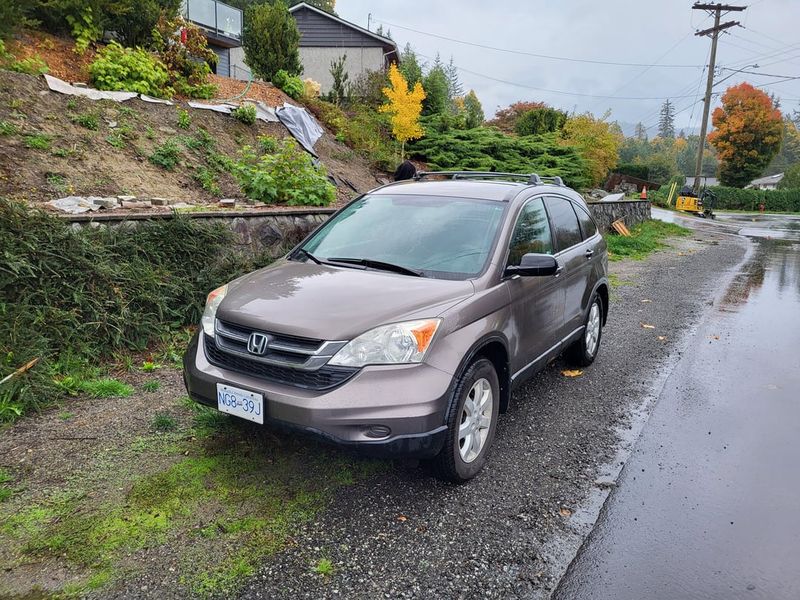
Many Honda owners find themselves playing the role of reluctant bartender – constantly refilling their engine’s oil between scheduled changes.
This excessive oil consumption, particularly common in CR-V and Civic models between 2008-2014, leaves drivers scratching their heads.
The culprit often involves piston rings that don’t properly seal, allowing oil to sneak past and burn up.
Some owners report adding a quart every 1,000 miles – far more frequent than what should be necessary for a supposedly efficient Japanese engine.
2. Peeling Paint Makes Cars Look Ancient
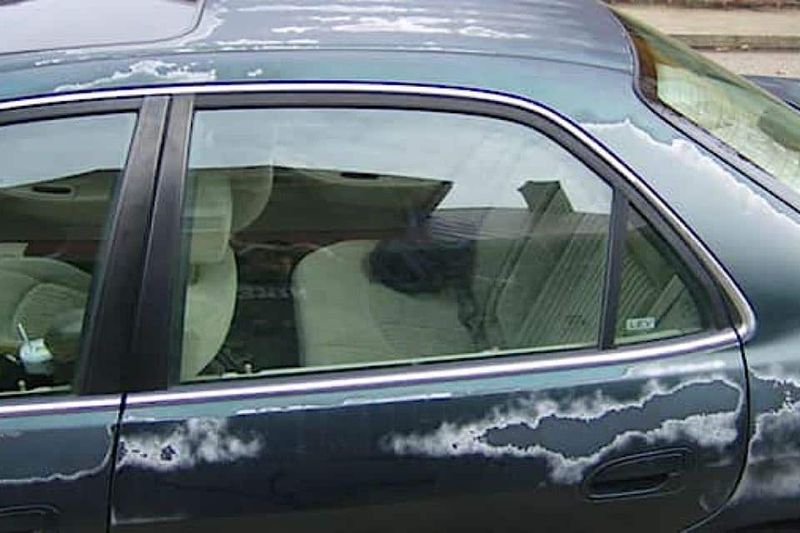
Nothing ages a vehicle faster than the automotive equivalent of a bad sunburn – peeling clear coat and paint.
Honda’s paint jobs, especially on white and red vehicles from the early 2000s, have developed an unfortunate reputation for prematurely flaking away.
The hood and roof typically show damage first, with the clear protective layer separating from the color beneath.
What starts as small bubbles quickly progresses to embarrassing patches that no amount of waxing can hide, leaving owners with costly repainting bills.
3. Infotainment Systems With a Mind of Their Own

Frozen screens, phantom touches, and random reboots – Honda’s infotainment systems sometimes behave like they’re possessed.
The HondaLink system, particularly in 2016-2018 models, has frustrated many drivers with its unpredictable performance.
Bluetooth connections drop mysteriously mid-call, navigation systems lose their way, and volume controls develop a stubborn personality.
Software updates help some issues, but many owners report persistent glitches that dealers struggle to resolve completely, turning a premium feature into a daily annoyance.
4. CVT Transmissions That Shudder and Whine
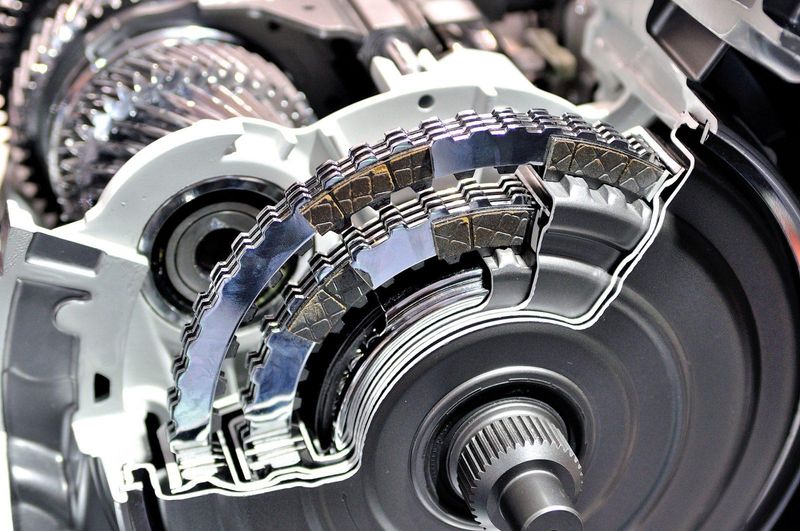
“Smooth as silk” isn’t always how Honda owners describe their CVT transmissions.
These continuously variable transmissions, featured in many Honda models since 2013, sometimes develop a distinctive shudder or whine that sends owners rushing to dealerships.
The sensation of hesitation during acceleration feels like driving over rumble strips.
While Honda has issued technical service bulletins addressing some issues, many owners report the problems returning after repairs.
This transmission trouble has been particularly noticeable in the HR-V and early tenth-generation Civic models.
5. Road Noise That Drowns Out Conversations

Turn up the volume! Honda cabins, especially in the Civic and HR-V, have earned a reputation for letting in more road noise than their competitors.
The constant drone of tires against pavement creates a soundtrack nobody requested. At highway speeds, many owners report having to raise their voices just to hold a conversation.
The issue stems from lighter-weight materials and less sound insulation – choices that help fuel economy but hurt the driving experience.
Aftermarket sound deadening has become a popular modification among owners seeking peace.
6. Brakes That Wear Out Faster Than Your Patience
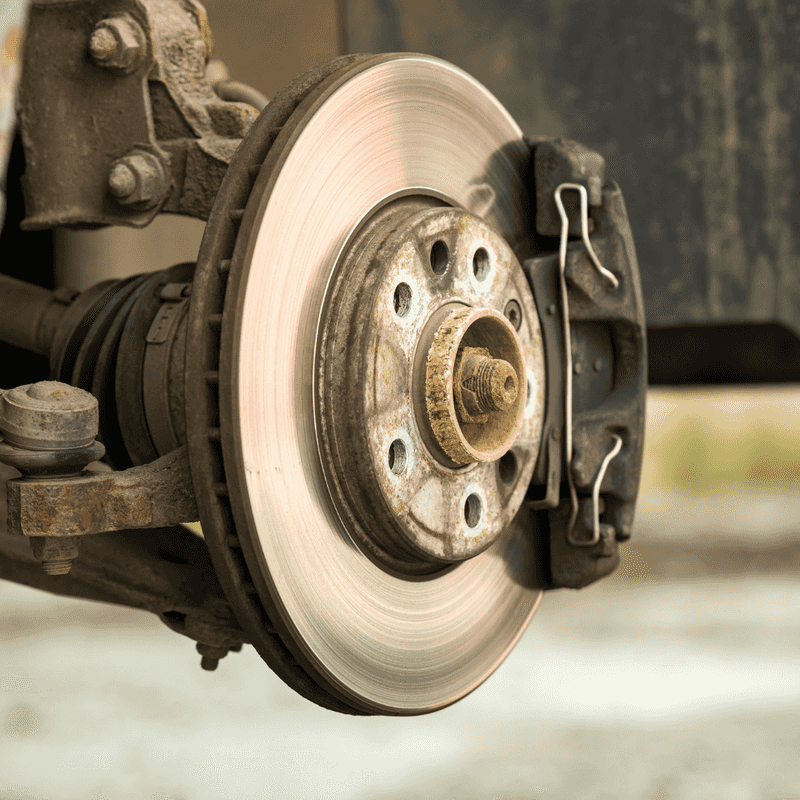
Squealing, grinding, and premature wear – Honda brake complaints often center around their surprisingly short lifespan.
Many owners, particularly of Accord and CR-V models, report needing replacements well before the 50,000-mile mark that most competitors achieve.
Front rotors seem especially prone to warping, causing steering wheel vibrations during braking. The issue isn’t just annoying – it’s expensive.
Some drivers have discovered that upgrading to aftermarket components actually provides longer life than original equipment, raising questions about Honda’s brake component quality.
7. Batteries That Perish Mysteriously Overnight

“Dead again?” Honda owners sometimes discover their vehicles have developed vampire-like tendencies, with batteries draining mysteriously overnight.
This issue has plagued various models but became particularly notable in 2016-2019 CR-Vs and Civics.
The culprits range from faulty electrical components to computer modules that never properly sleep. Some owners report having to replace batteries annually instead of every 3-5 years.
The particularly frustrating part? Diagnosing these phantom drains often stumps even dealership technicians, leading to multiple unsuccessful repair attempts.
8. Air Conditioning That Gives Up Mid-Summer
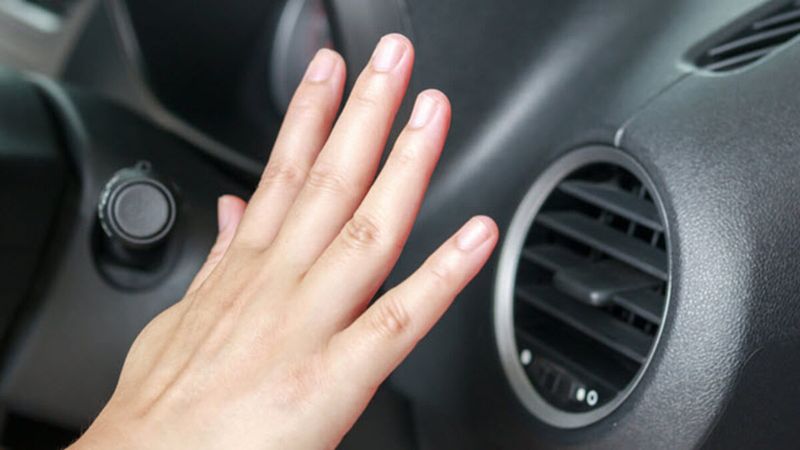
Sweating in traffic takes on new meaning when your Honda’s AC decides to quit during July.
Air conditioning failures, particularly in 2016-2018 Civics and 2017-2019 CR-Vs, have left owners hot under the collar – literally.
The compressor clutch tends to fail prematurely, creating a telltale clicking sound before the cool air disappears completely.
Condenser units have also proven vulnerable to road debris damage due to their exposed position.
While Honda extended warranty coverage for some components, many owners still face expensive repairs just as temperatures soar.
9. Touchscreens With Delayed Reactions
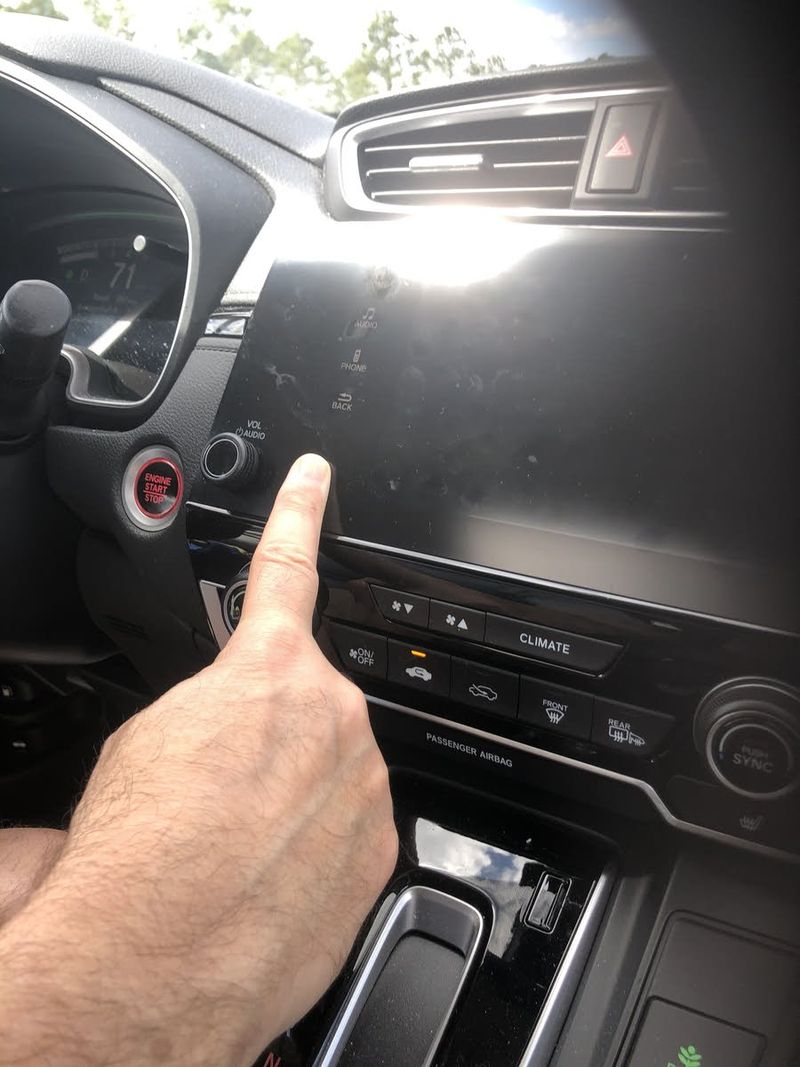
Tap, wait, tap harder, wait longer… Honda touchscreens sometimes operate with all the responsiveness of a sloth.
This lag, most noticeable in 2016-2018 models with the Display Audio system, creates frustration and potential safety issues when drivers take their eyes off the road to confirm inputs.
The system occasionally freezes completely, requiring a vehicle restart to resolve. Temperature extremes seem to worsen the problem – screens become particularly sluggish on cold mornings.
While software updates have improved some units, many owners report persistent lag that dealers insist is “operating as designed.”
10. Cabin Noises That Drive You Crazy
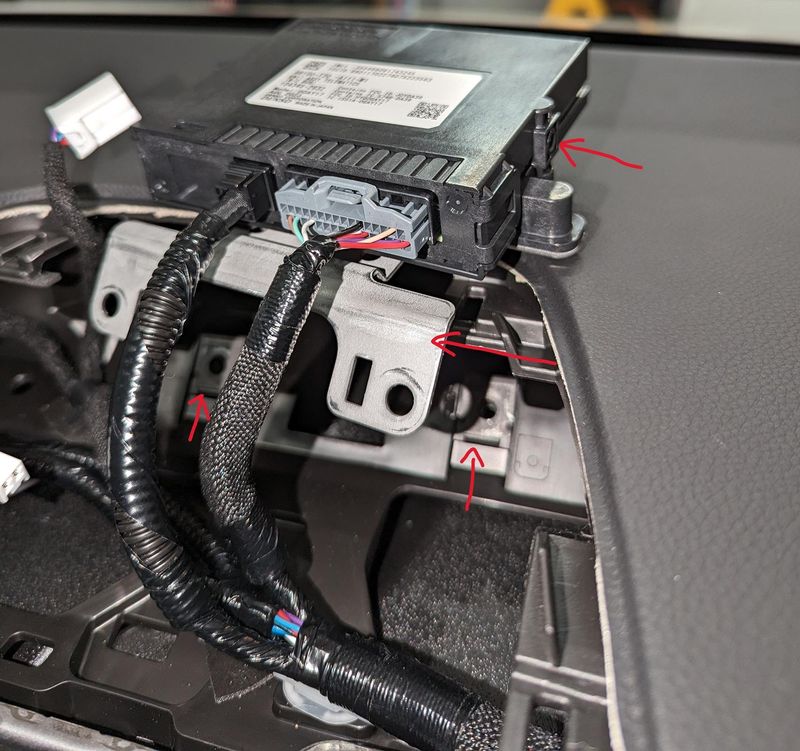
Mysterious squeaks, rattles, and creaks have turned some Honda interiors into symphony orchestras of annoying sounds.
These auditory gremlins seem especially prevalent in the HR-V, Civic, and CR-V models from recent years. Dashboard joins, door panels, and sunroof mechanisms are common culprits.
The particularly maddening aspect? These noises often appear intermittently, vanishing whenever the vehicle visits the service department.
Some owners have resorted to DIY fixes with felt tape and foam inserts after dealers failed to locate or resolve persistent rattles.
11. Rust Protection That Doesn’t Protect
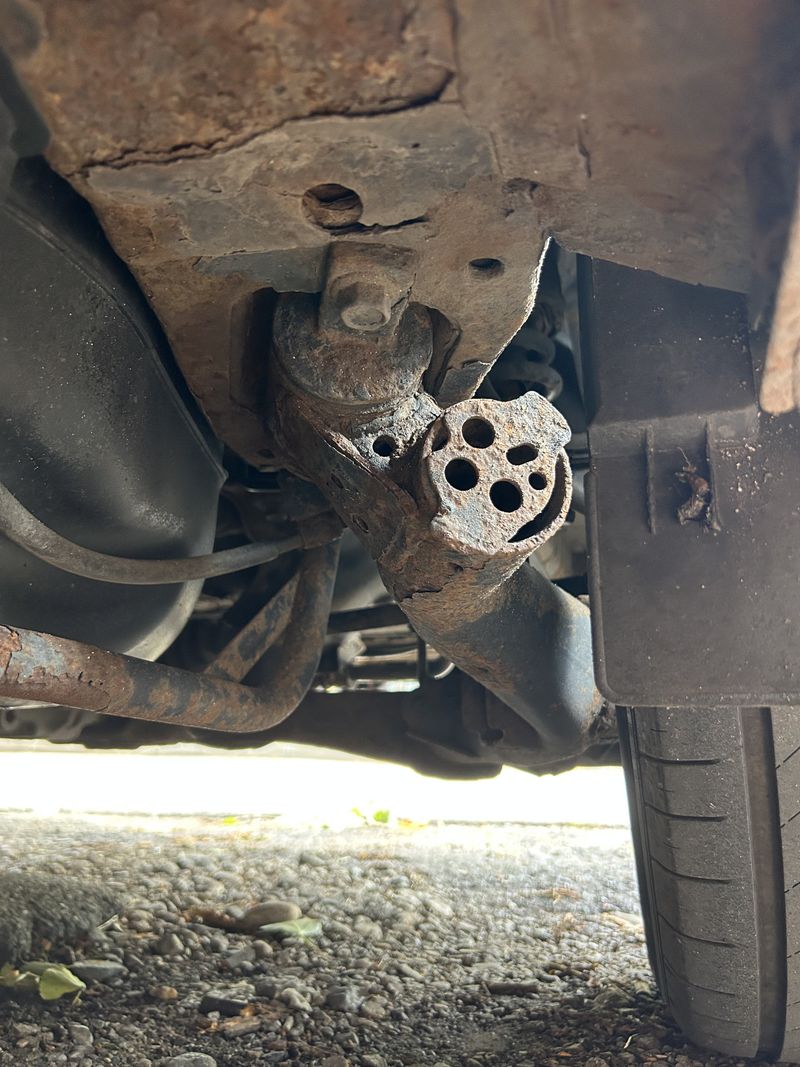
Rust bubbles blooming on wheel arches and underbodies have disappointed Honda owners in salt-belt states.
Despite claims of improved corrosion protection, certain models (particularly 2007-2013 Fits and 2008-2012 Accords) seem surprisingly vulnerable to the orange menace.
Rear wheel wells and subframe components show corrosion first, sometimes within just 5-6 years. The contrast with Honda’s reputation for longevity makes this especially frustrating.
While the company has addressed some specific rust issues through recalls, many owners face deteriorating bodies long before the mechanical components show any age.
12. Cracking Dashboards That Look Like Dried Riverbeds
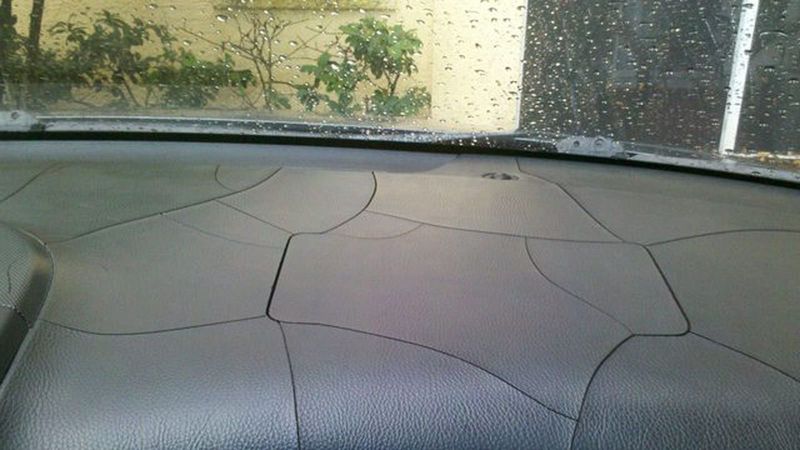
Arizona owners know the sight well – Honda dashboards from the 2000s that resemble parched desert landscapes.
The plastic material, particularly in 2003-2011 models, often develops extensive cracking patterns when exposed to years of sunlight.
Beyond the unsightly appearance, these cracks can create dangerous glare on windshields.
The issue became so widespread that Honda faced class-action lawsuits, eventually offering extended warranty coverage for some affected vehicles.
Unfortunately, many owners outside the covered years still face dashboards that deteriorate far earlier than expected.
13. Sport Models With Kidney-Punishing Rides

“Sporty” shouldn’t translate to “spinal compression,” yet Honda’s sport-trimmed models sometimes cross that line.
The Civic Si, Sport-trimmed CR-Vs, and Accord Sport models feature stiffer suspensions that can transform minor road imperfections into jarring impacts.
The firm ride quality, combined with low-profile tires, creates an experience some owners find exhausting on longer drives.
While performance enthusiasts might appreciate the connected feel, many everyday drivers report buyer’s remorse after several months of daily commuting.
The contrast with Honda’s traditionally comfortable ride makes this especially surprising to longtime brand loyalists.
14. Recall Parts That Take Forever to Arrive
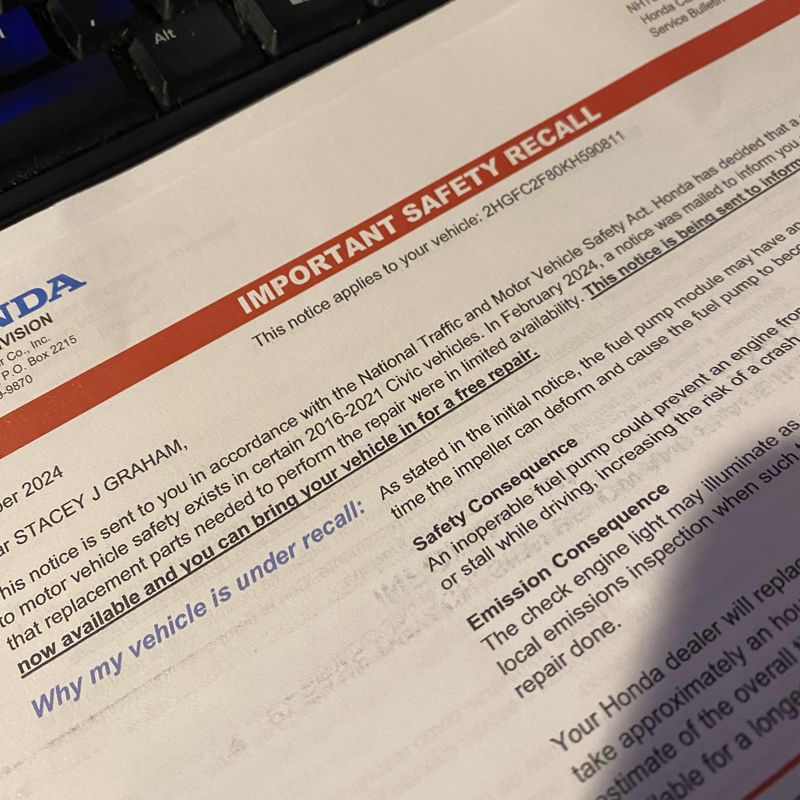
“We’ll call you when the parts arrive” becomes a frustrating mantra for Honda owners affected by recalls.
The infamous Takata airbag recall created unprecedented backlogs, with some owners waiting months for replacement parts while driving potentially dangerous vehicles.
This parts shortage issue extends beyond airbags to other recall campaigns as well. Fuel pump replacements, transmission components, and electrical parts sometimes face similar delays.
The extended waiting periods create anxiety for owners and raise questions about Honda’s supply chain management during critical safety campaigns.
